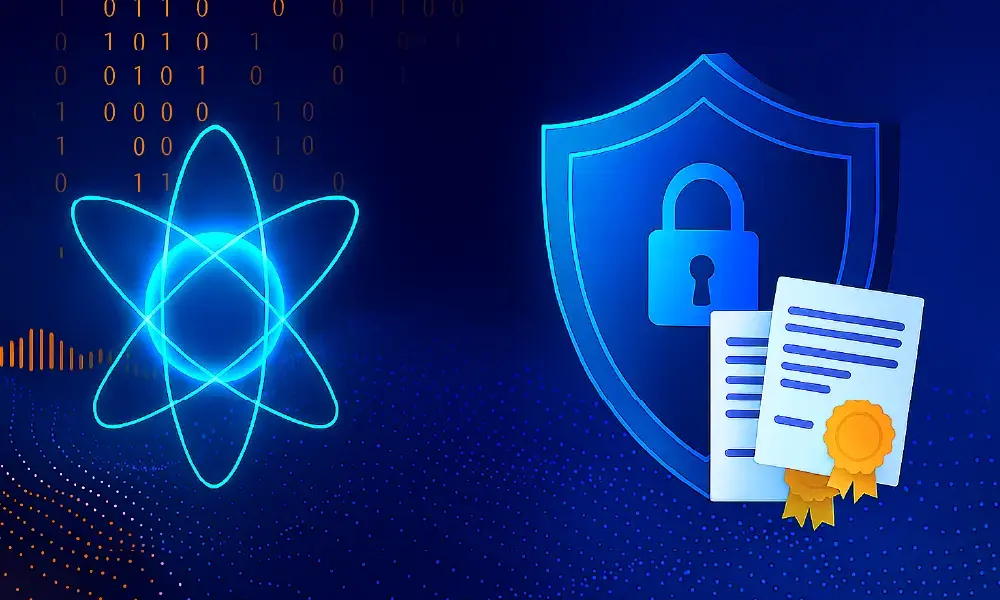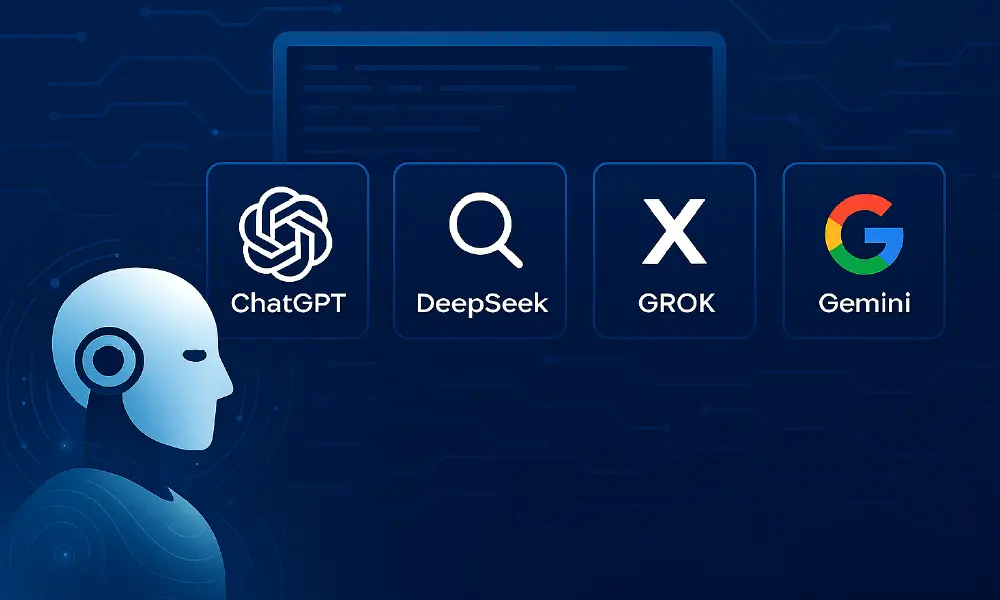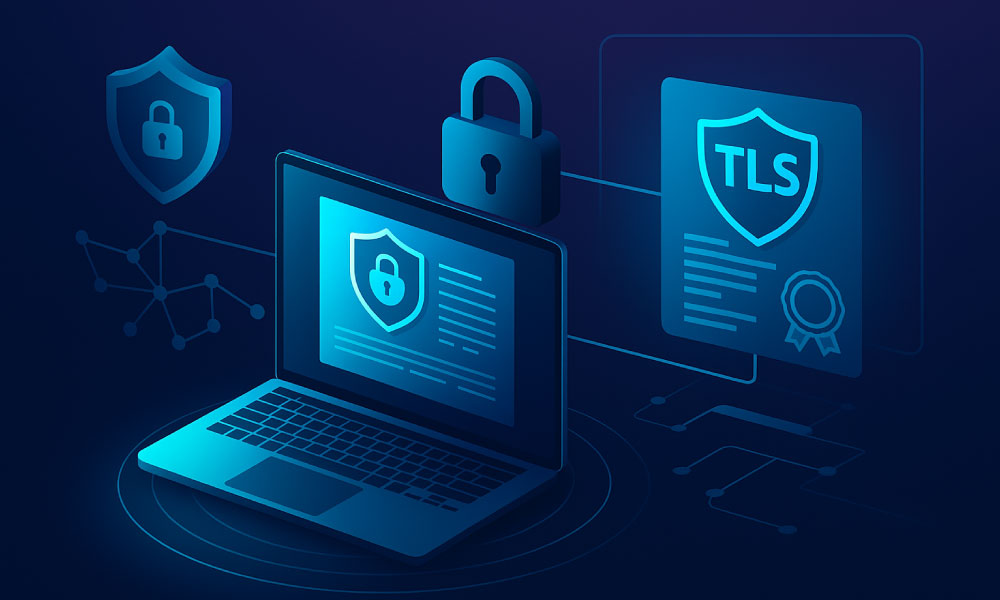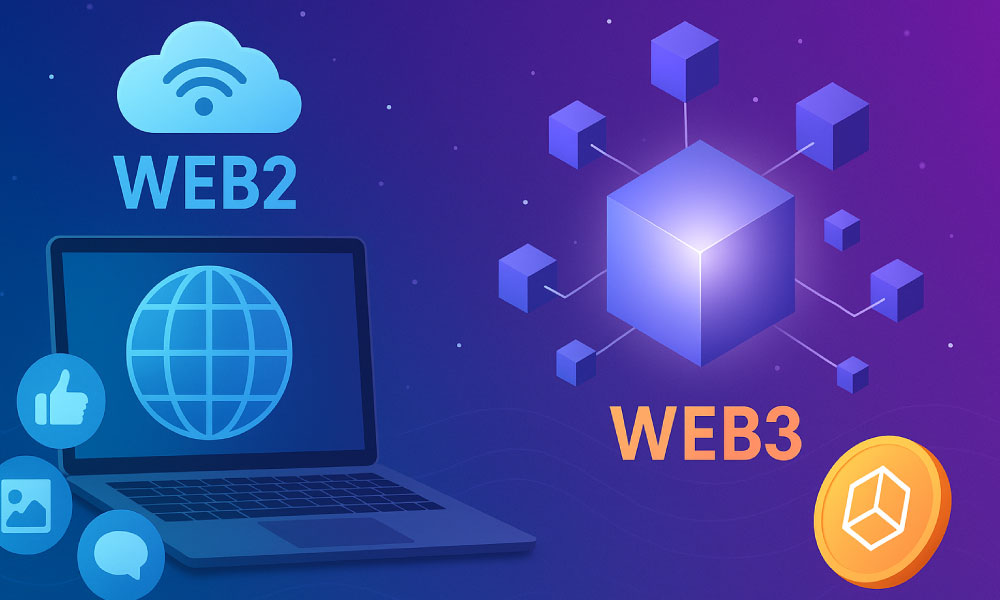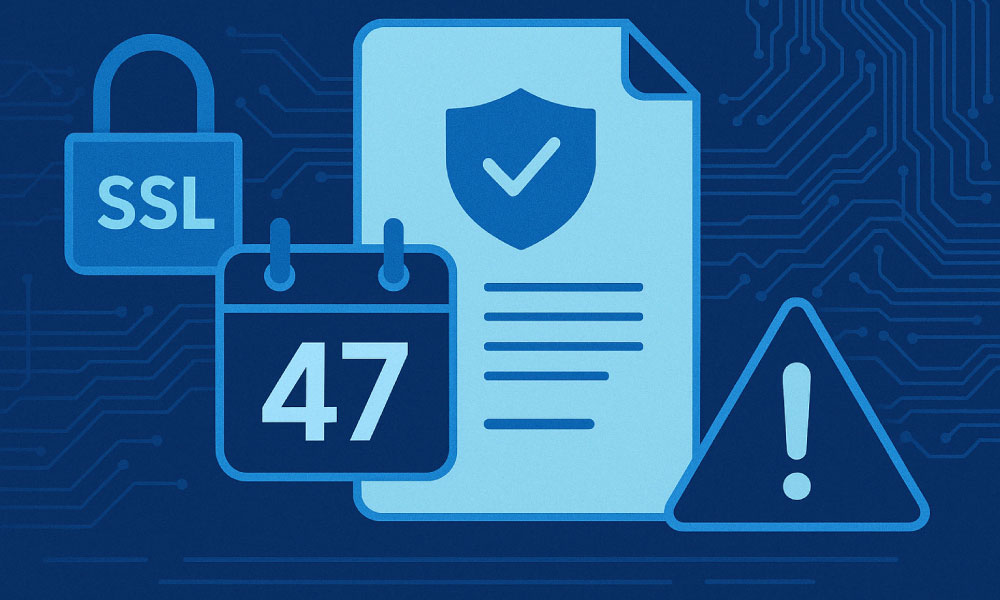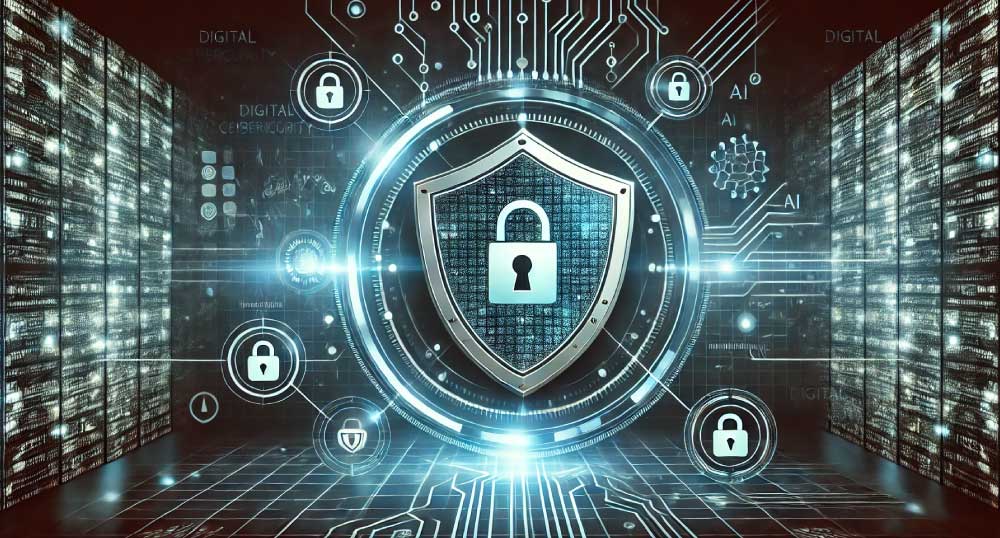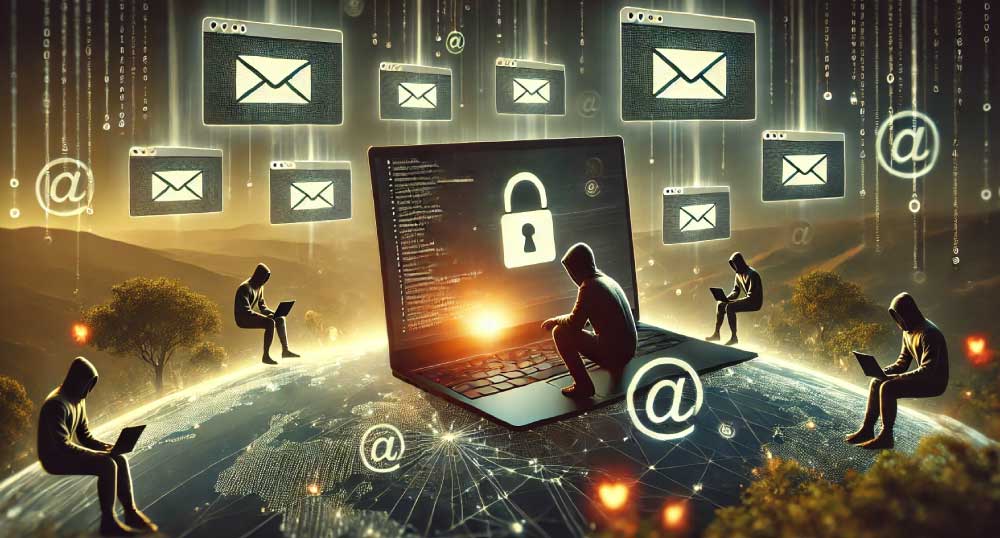From quantum computing breakthroughs to the rapidly shortening validity of SSL/TLS certificates, digital security is entering a pivotal era. These two disruptions—once considered future concerns—are converging, demanding immediate action. At WebNIC, we help our resellers and partners stay ahead by offering access to enterprise-grade certificate lifecycle management through DigiCert Trust Lifecycle Manager. Two Disruptions,...
ChatGPT vs DeepSeek vs GROK vs Gemini: A Deep Dive into the Future of AI
In an increasingly digital world, artificial intelligence (AI) is transforming how we work, create, and interact. From chatbots to content creators, AI has become an integral part of our daily lives. Four of the most talked-about AI models today are ChatGPT, DeepSeek, GROK, and Gemini. Each has its unique strengths and applications. But what...
Modernizing TLS Management with Trust Lifecycle Manager
As digital operations become increasingly central to business success, the importance of secure and authenticated online communication continues to rise. TLS (Transport Layer Security) certificates have long served as a fundamental component of internet security, enabling encryption and trust for websites, applications, APIs, and digital systems. However, the way we manage TLS certificates is...
From Web2 to Web3: Understanding the Internet’s Next Evolution
The internet has undergone tremendous transformation since its inception. As we move into a new era of decentralized technologies and user empowerment, the terms Web2 and Web3 have become increasingly common — but what do they actually mean? In this article, we’ll explore what defines Web2 and Web3, how they differ, and why Web3...
TLS Certificate Lifetimes to Be Reduced to 47 Days by 2029
The CA/Browser Forum has officially approved a significant change that will affect the entire SSL/TLS ecosystem: the maximum validity of public TLS certificates will be shortened to 47 days by March 15, 2029. This update is part of a broader industry effort to improve digital security standards and reduce certificate-related vulnerabilities. As your trusted...
Quantum Computing: Pros, Cons, and Why It’s Set to Reshape the Future
As we move into an era defined by big data, artificial intelligence, and cybersecurity threats, one emerging technology promises to revolutionize how we process and analyze information: quantum computing. While still in its early stages, quantum computing could potentially solve problems that are currently beyond the reach of classical computers. From unbreakable encryption to...
How AI Helps in Everyday Life
In the fast-paced world of web hosting and digital services, automation isn’t just a luxury — it’s a necessity. Platforms like WHMCS and HostBill already offer powerful tools to manage billing, domains, and customer relationships. But to truly unlock their potential and scale your business efficiently, API integration is essential. Here’s a step-by-step breakdown...
Spotting Bots: How to Protect Your Digital Accounts from AI Intrusions
Spotting Bots: How to Protect Your Digital Accounts from AI Intrusions With the ever-evolving capabilities of artificial intelligence, bots are now supercharged, making them more powerful and sophisticated than ever before. From automating mundane tasks to revolutionizing industries, AI bots have transformed how we interact with technology. However, this rapid advancement comes with a...
Preparing for Post-Quantum Cryptography: Secure Your Future
Post-Quantum Cryptography: Preparing for the Quantum Future Quantum computing promises to revolutionize technology and solve complex problems at unprecedented speeds. However, this technological leap also brings significant risks to the cryptographic systems we rely on today. As quantum computers advance, they will have the potential to break traditional encryption, putting sensitive data and communications...
How Hackers Trick You with Fake Company Emails and Malicious Files
In today’s digital landscape, email remains one of the primary channels for communication. Unfortunately, it’s also a favoured medium for cybercriminals who attempt to trick individuals into downloading malicious files or providing sensitive information. One of the most common and dangerous tactics involves hackers impersonating a legitimate company’s email address to send fake but...

